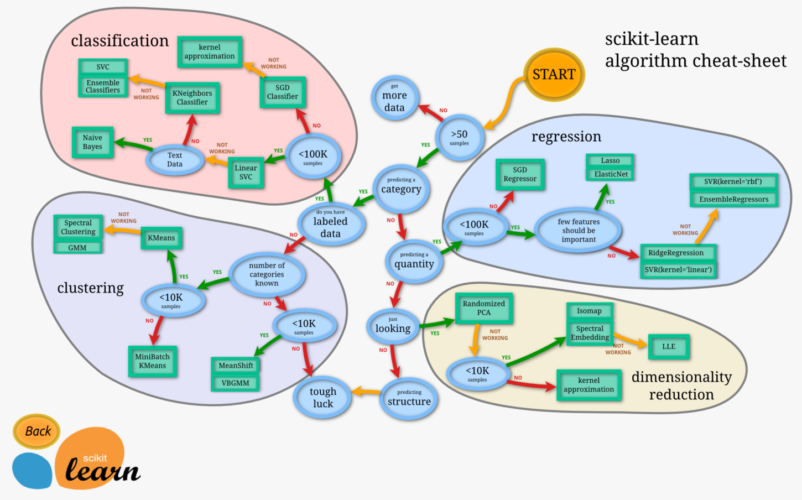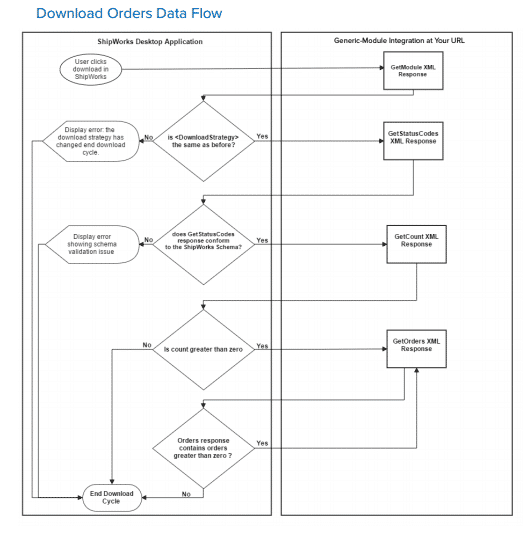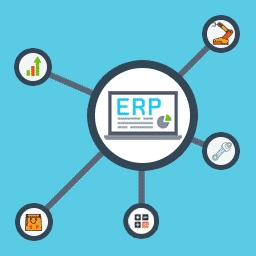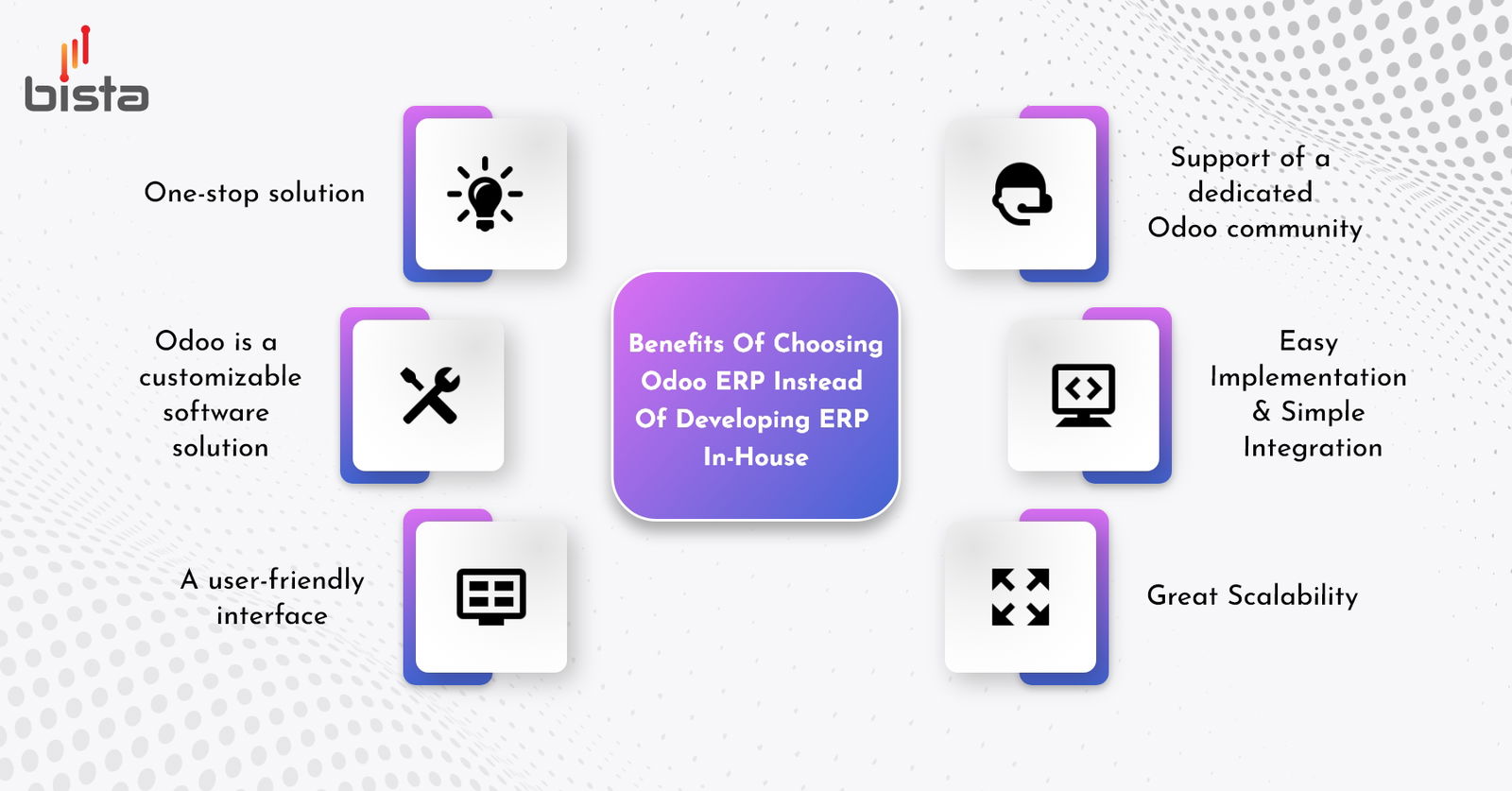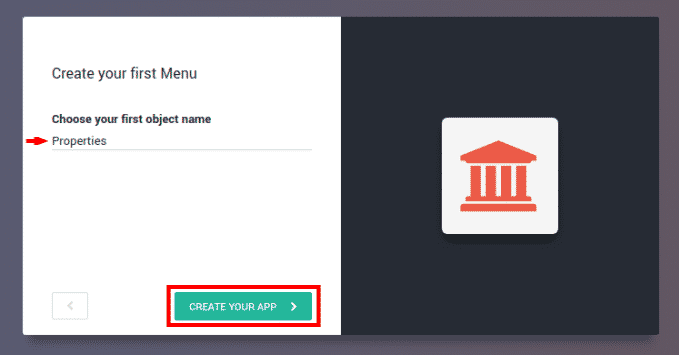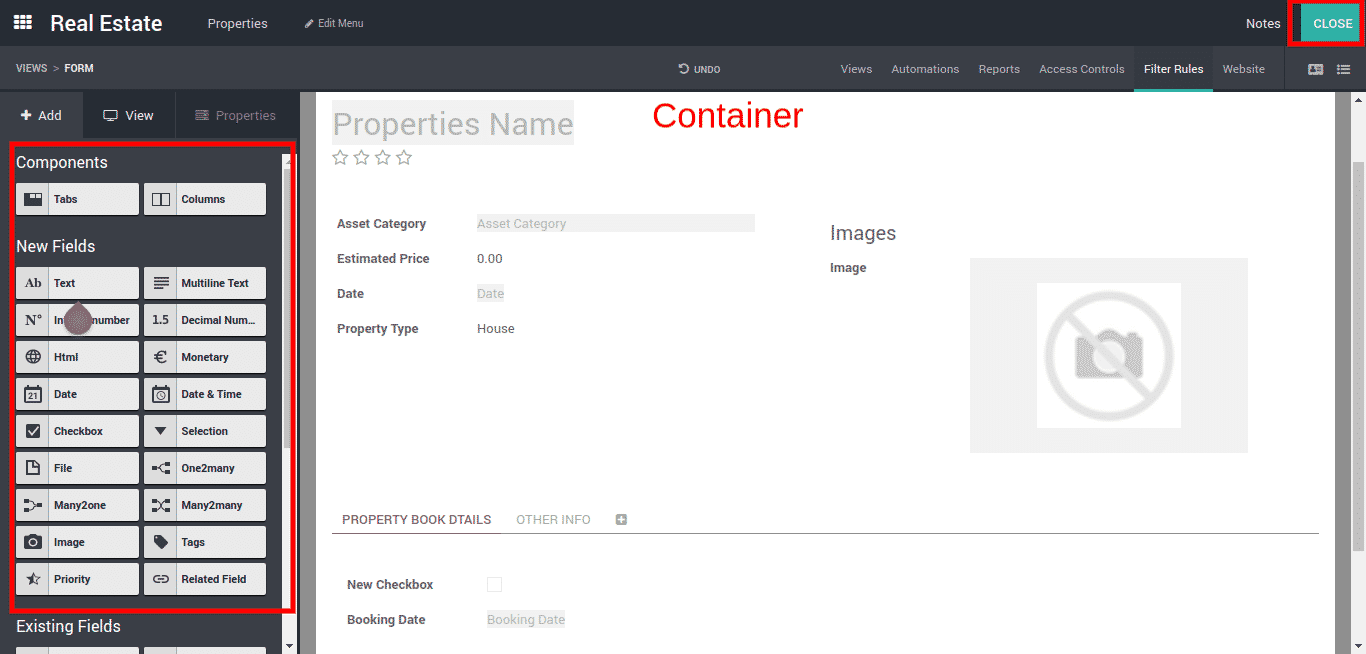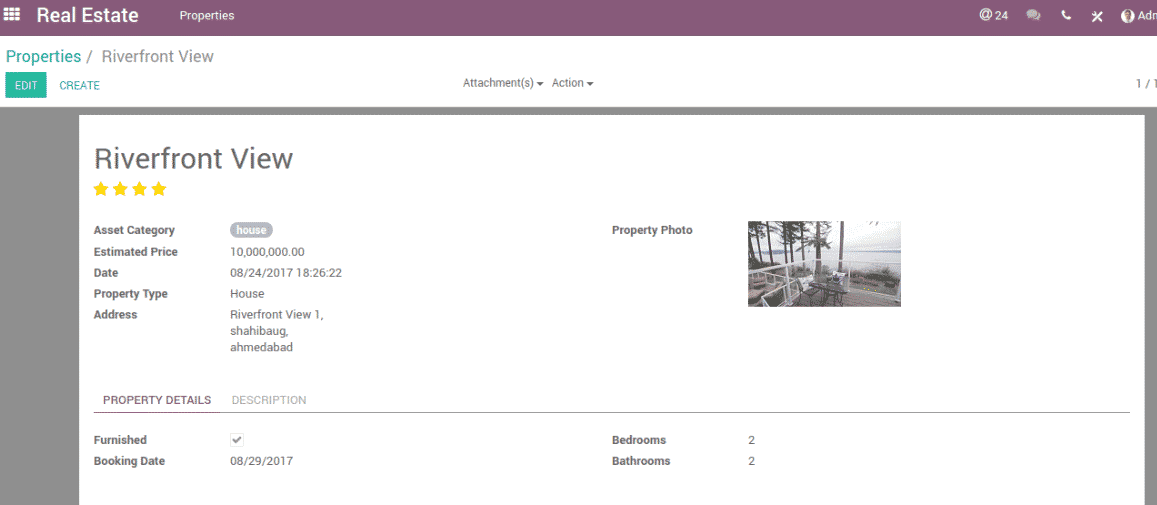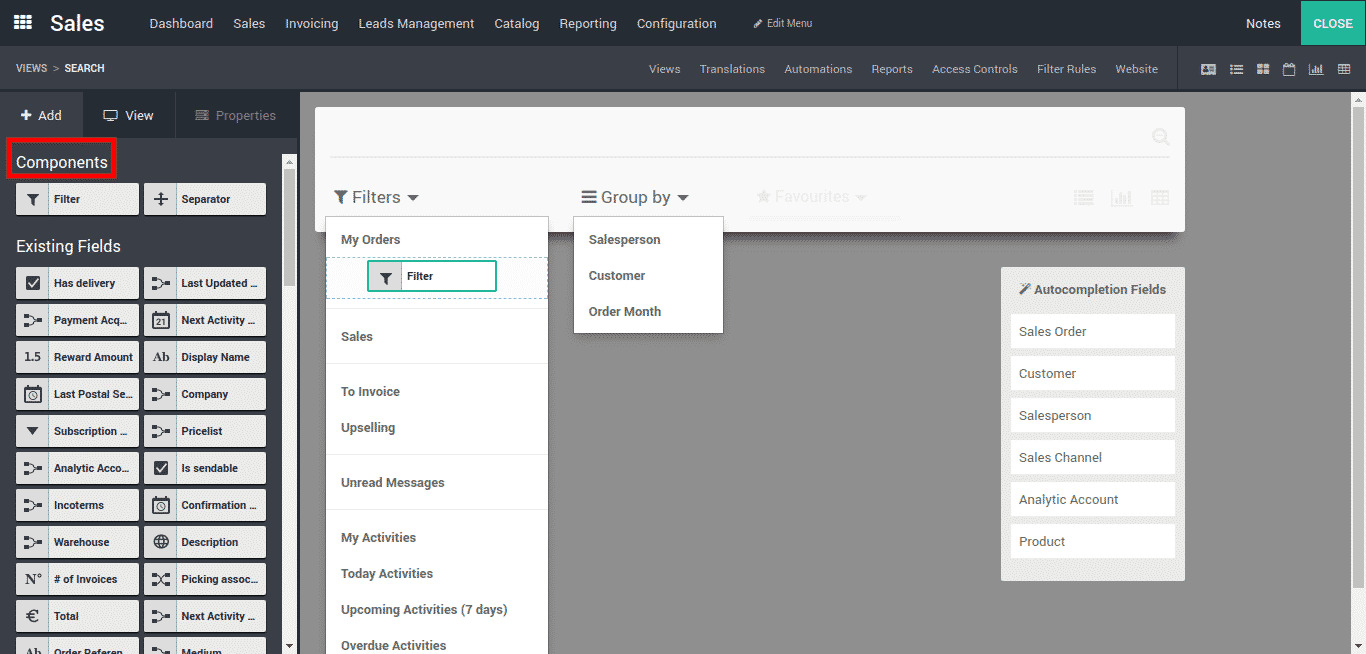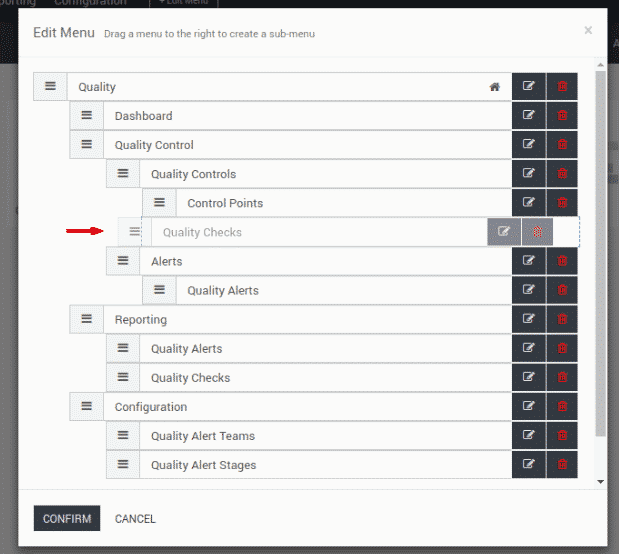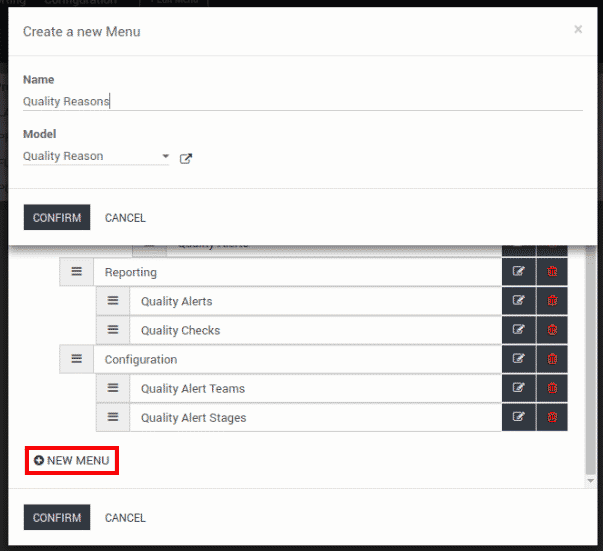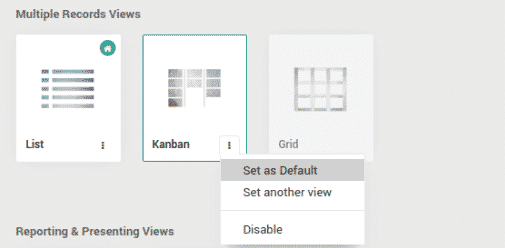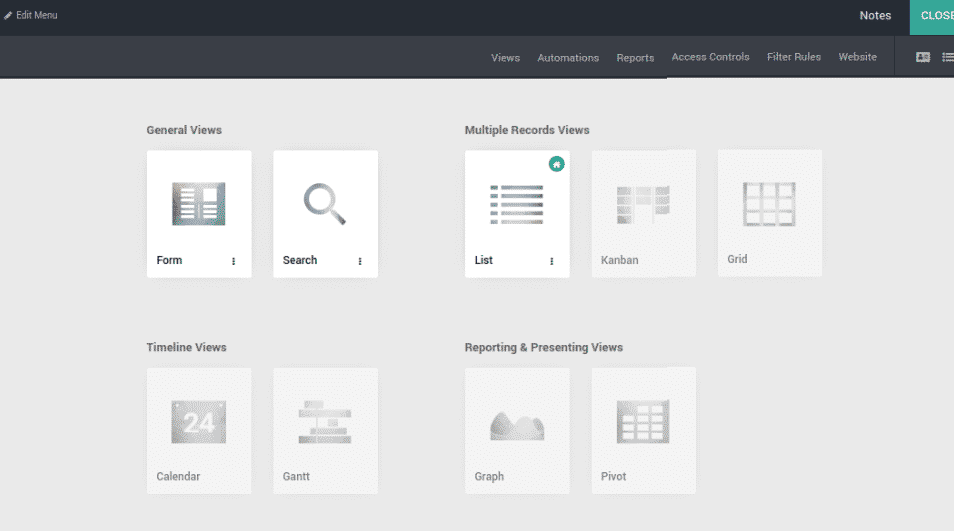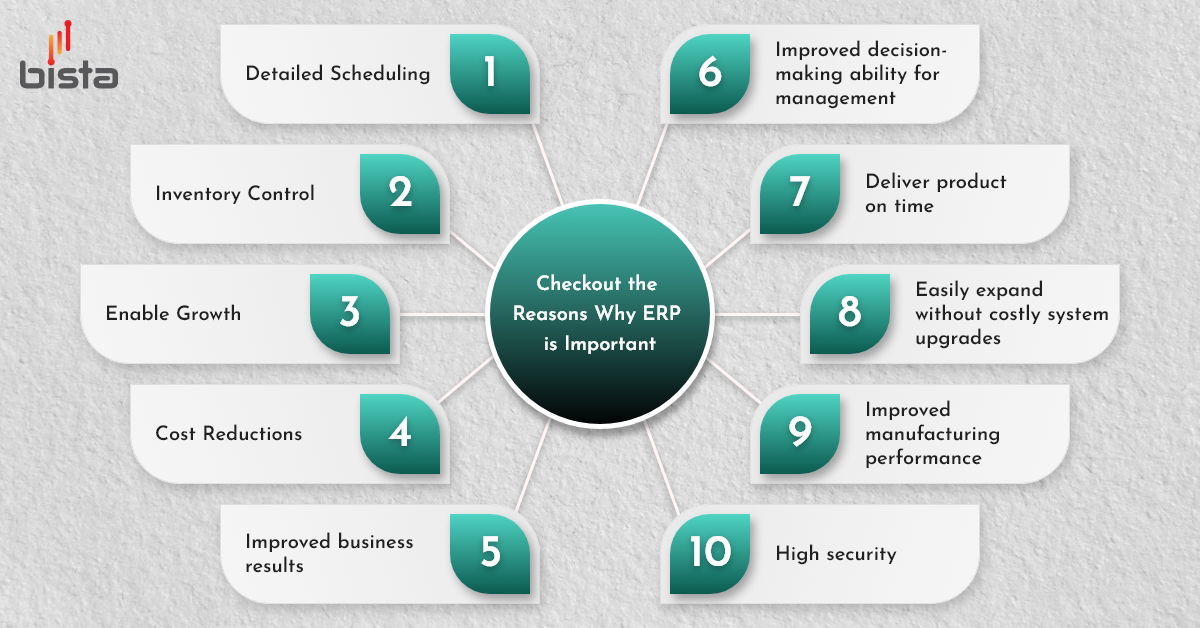Cloud ERP Integration For Make-To-Order Processes
Cloud ERP integration with MTO
Make to Order (MTO) is a manufacturing process in which product manufacturing starts only after the order is received from a customer. Forms of MTO vary, for example, an assembly process that starts when demand occurs or manufacturing which is triggered by development planning. There is also, BTO (Build to Order) and ATO (Assemble To Order) in which processing starts according to demand.
Cloud ERP integration platforms have a strong and intelligent link between their sales order module and the production-planning module. When this connection is continuously linked, orders generated by sales in Make-to-Order situations are instantly translated into production orders. Therefore, as soon as an order is placed in the system for an “by demand” item, the process to begin manufacturing is initiated. The order generates a custom assembly or BOM (Bill of Material) and the process to fulfill this demand is initiated. Any standard assembly parts are contained in the core BOM, customizations are added to the order, and instantly update the complete BOM. A linked system also allows for clear visibility into inventory levels and the ability to fulfill the order and provide delivery. Because each stage is clearly defined, linked, and easy to trace, it’s easy to monitor the progress of individual production orders so that you can keep your customers informed about the manufacturing progress and eventual delivery.
Let’s look at an example of this: a client orders a particular machine, and the machine consists of many components listed on a bill of materials. Several parts are used in various machine models. The sales order is translated with the help of the BOM into a production request. The production request will be combined with other orders (if there are any) to make a production schedule. The system checks inventory levels to complete the orders. For efficiency, core or common components can be kept in stock, and custom or unique components purchased.

“In a Cloud ERP integration, make-to-order environment, production planning and purchasing can be quite hectic. If you have a ‘pipeline’ of prospect orders the production planning and purchase departments can be prepared for things to come, but not if your production planning is totally dependent on the ‘whims’ of your clients. Cloud ERP system enables you to be flexible. For instance: delay one order and speed up another if need be”. Source Quote
When the order is placed in the system, this ERP allows you to create the work order for that item considering all the components and other parts in the required quantity resulting in well defined proper inventory status of each item. This can be followed by a Build Assembly which result turns to be a BOM or Manufactured assembly Item.
A risk of make-to-order production is inefficiency and more waste. Using cloud ERP to gain accurate and up-to-date visibility on inventory levels and production capacity can help to reduce this risk. In addition, other common production practices such as combining production orders as much as possible and refining the production process to its maximum potential will also help.
To a certain extent, the inventory manager can make sure that frequently used components are readily available in stock. However, keeping inventory in stock can sometimes be too costly. Using Business Intelligence software to forecast needs can help to predict suitable inventory levels. Other scenarios include equipping the purchasing department to be able to act instantly and look for a replacement of suppliers fast when a preferred supplier cannot deliver. As well as making Just-in-time delivery arrangements beforehand. The purchasing module of the Cloud ERP system has all this information readily available.
We can conclude that as soon as a customer’s order is received there is a need to start a pull-type supply chain operation because manufacturing is performed when demand is confirmed, i.e. being pulled by demand. With the help of cloud ERP, all the details of production planning can be achieved in a very efficient manner with respect to time management, inventory management, and all production planning steps.
For Demo or any queries on Cloud ERP Software please drop an email at sales@bistasolutions.com. Also, you can write us through feedback@bistasolutions.com and tell us how this blog has helped you.



